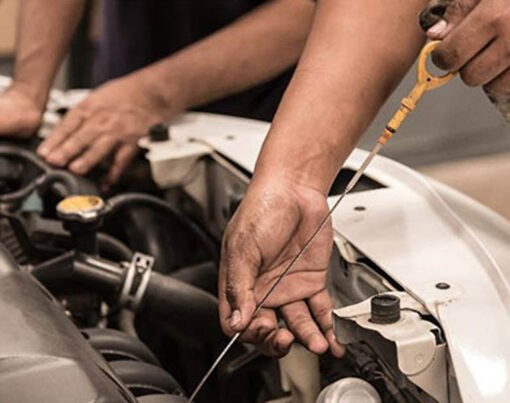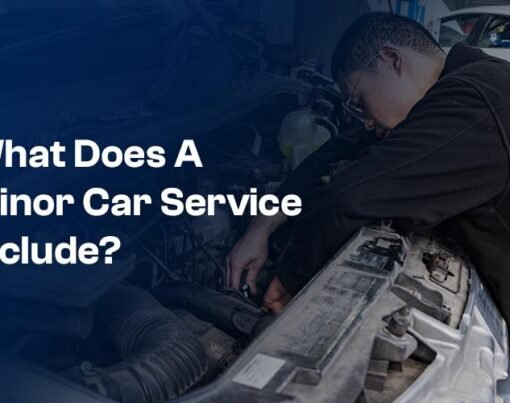When it comes to brake lines, there are two common types that you may come across: bubble flare vs double flare. These two techniques are used to create a secure connection between the brake line and the fittings.
In this article, we will explore the differences between bubble flare and double flare and help you understand when and where each type is used.
Table of Contents
What is a Bubble Flare?
A bubble flare is a type of connection where the end of the brake line is flared outward to form a “bubble” shape. This flare creates a concave seat that matches the fitting it will be connected to. Bubble flare connections are commonly used in automotive applications, particularly older vehicles.
Advantages of Bubble Flare:
- Bubble Flares are known for their strong and reliable connections. They provide a tight seal that prevents leaks or pressure loss, ensuring optimal brake performance.
- Bubble flares are relatively easy to create, and the tools required for making bubble flares are readily available.
- Bubble flare connections are compatible with various brake fittings, making them versatile for multiple automotive systems.
What is a Double Flare?
As the name suggests, a double flare involves two flares made on the brake line. The first flare is similar to a bubble flare, creating a convex shape, while the second flare is made on top of the first flare to create a seat for the fitting. Double flares are commonly used in modern vehicles.
Advantages of Double Flare:
- Double flares offer enhanced strength and durability compared to bubble flares. The double flare design provides a secure connection that can withstand high pressures and vibrations.
- Double flare connections are widely used in automotive applications, including brake, fuel, and transmission lines.
- Double flare fittings are readily available and easily sourced for repairs and replacements.
Differences and Applications
You’ll find distinct differences when you compare a bubble flare vs double flare, making them suitable for specific applications. Bubble flare connections are often found in older vehicles, while double flare connections are more commonly used in modern vehicles.
Understanding the type of flare required for your vehicle is essential to ensure proper installation and functionality.
When to Use Bubble Flare
If you own an older vehicle or are working on a classic car restoration project, bubble flare connections may be preferred. Ensure you have the tools and materials to create bubble flares correctly.
When to Use Double Flare
For modern vehicles, double flare connections are the standard choice. If you are replacing brake lines or repairing a newer car, double flare fittings should be used for a secure and reliable connection.
Conclusion
When working with brake lines, understanding the differences between a bubble and a double flare is essential. Both types of flares have their advantages and applications.
Whether you need to make repairs on an older vehicle or maintain a modern car, selecting the appropriate flare type will ensure the safety and efficiency of your braking system.
Remember to follow the manufacturer’s guidelines and seek professional assistance to ensure proper installation and functionality.










